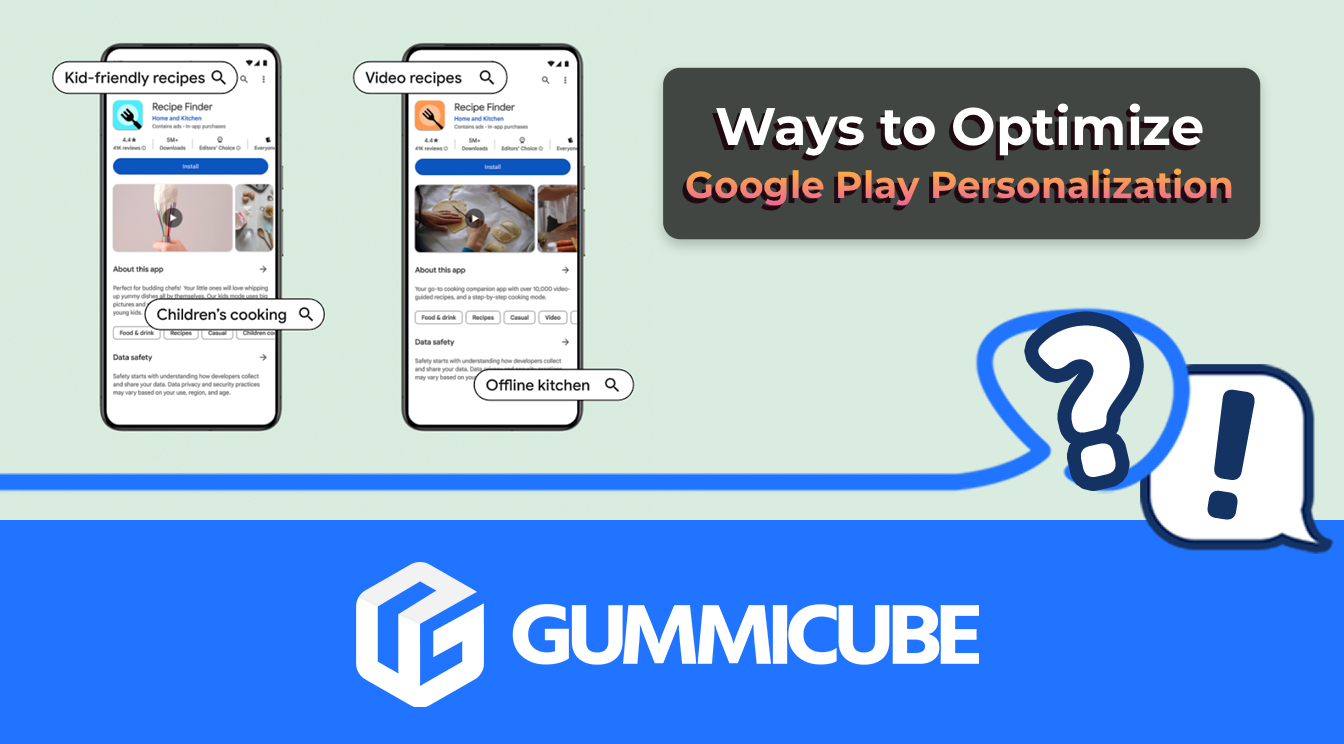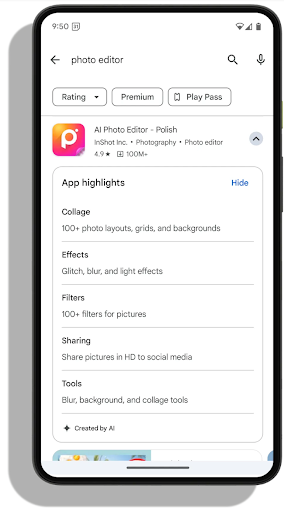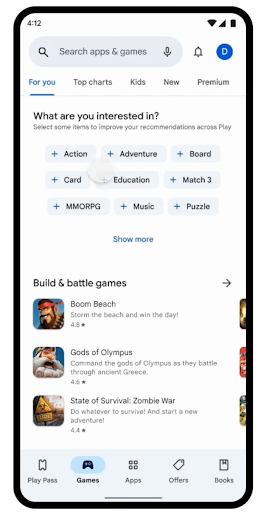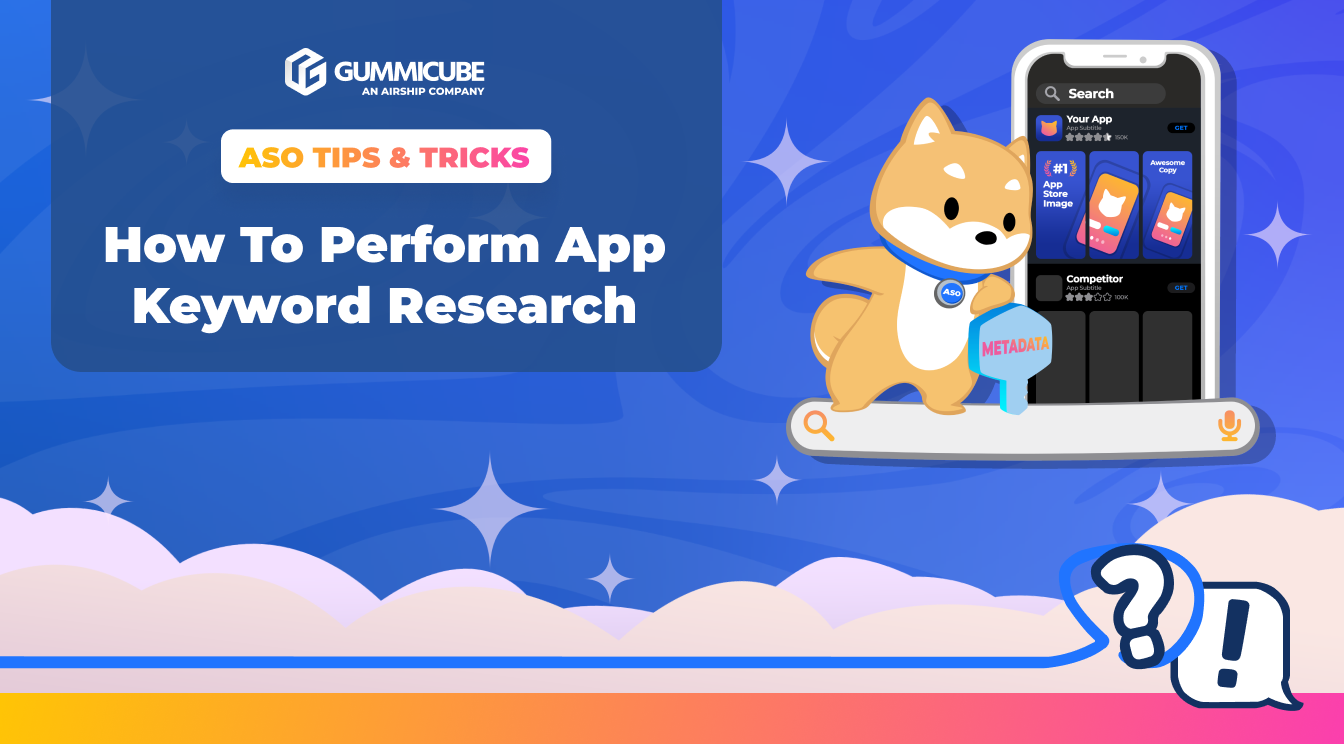
What To Do If Your In-App Event Gets Rejected
Posted on December 19th, 2025
By evaluating the feedback from a rejected In-App Event, app developers can resubmit and gain approval. If you are looking to refine your IAE, reach out today.

Google recently announced that the Google Play Store will be enhanced to become more than just a place to search for and install an app, becoming an “end-to-end experience” for its users.
As we discussed in a recent post, Google’s location specific and personalization updates will vastly improve both the relevance of content displayed to users and the micro-targeting that app stores will be able to leverage to make the most of their cost per acquisition and app promotions.
Google will be adding the following to the user experience:
In general, the experience updates being made by Google Play feels more like that of a console experience, such as Playstation or Xbox, that aims to do more than just allow its users to play video games.
So what are the ways in which we can leverage App Store Optimization strategies to optimize for Google’s new “end-to-end experience”?
Google is leveraging AI to present users with a quick snapshot of the features and reviews of an app, so that one could quickly decide if it’s right for them. All of which displays directly in the search results.

Given that a user’s typical attention span is a matter of seconds before scrolling onto the next app, the inclusion of the AI summaries actually adapts to that very same human tendency. \
Yes. Google’s AI is generating these previews based on all aspects of your app – the content of your title, subtitle, and description, the user experience of your app, and the reviews. App store optimization becomes potentially more critical as we are now both working with the algorithm of the Google Play Store and its generative AI.
Your Google Play Metadata will need to be as optimized as possible, with clear keyword targeting within the:
You’ll also need to pay attention to your Android Vitals and your ratings & reviews in order to address any user complaints and concerns before Google’s AI picks them up.
As Google deploys this AI-generated content, keep a close eye on how it consolidates and delivers your content in the feed. If it’s not to your liking, or if you’re not seeing a positive movement on your metrics, consider adjusting your ASO strategy.
Personalization Options Google Play hopes to further enhance their experience by giving users the option to select game genres they’re interested in, as shown in the example below:

Look familiar? It looks like Google Play may now be leveraging its Tags feature from 2019, specifically for the Games category.
From a user perspective, this strategy behind the likes of Netflix and Hulu in offering personalized content is aimed to keep the user entertained and engaged. Giving a movie or show a “thumbs up” tells the Netflix algorithm what type of content to display in the future.
From what we were able to discern, Google Play likely combs through your app’s metadata and reviews to understand what type of game it happens to be. Within the Google Play Developer Console, Google will recommend initial tags for you to select from.
At this time, we still don’t know exactly how Google Play chooses to curate their tags. Perhaps it’s similar to how its search engine operates: a mix of exact matches, trends, high reputability, and similar-but-not-exact content.
This means that adhering to Google Play ASO best practices would give you the best chances of being seen as relevant for the tags you select.
Comparing Google’s suggestions and your own metadata will help you correctly categorize your app, ensuring that users with an interest in your genre will eventually come across your app. While there may be a limit to the amount of categories and subcategories your app applies to, you could consider A/B testing loosely connected categories to your app.
While this is the last announcement in its July 24, 2024 update post, it seems to be the most innovative.
Android users can manually turn on the “Collections” widget on their phone and Google will automatically bring relevant app content directly to their home screen.
Google additionally offers the user the ability to shut off personalization entirely or individually on an app to app basis.

While not at the center stage of App Store Optimization, this feature highlights the added importance of deep linking within your app. Having these readily available deep links means that it’ll be easier for specific items and/or functionalities to appear within the Collection.\
The combination of brief, AI-generated preview content, personalization, curation, and a new Android home screen experience are all potentially major uplifts for app installs and promotions.
However, in order to make the most of these new areas of improvement on the Google Play Store, You’ll need to step up your game when it comes down to App Store Optimization.
It seems as though these new areas of improvements are coming at no additional cost to the apps. Potentially, in a future state of the Google Play Store, there may be an update that allows apps to advertise in users’ Collections experiences or in the curated content sections within Google Play. For now it’s fair to say that top-performing, optimized apps on Google Play would likely get the most out of the latest updates.

By evaluating the feedback from a rejected In-App Event, app developers can resubmit and gain approval. If you are looking to refine your IAE, reach out today.

App keyword research is a crucial part of developing a winning ASO strategy. Read more to discover ASO tools & strategies to elevate your app listing.

Optimizing metadata is one of the most high-impact actions developers can take to strengthen their App Store presence. Read more to discover winning strategies.